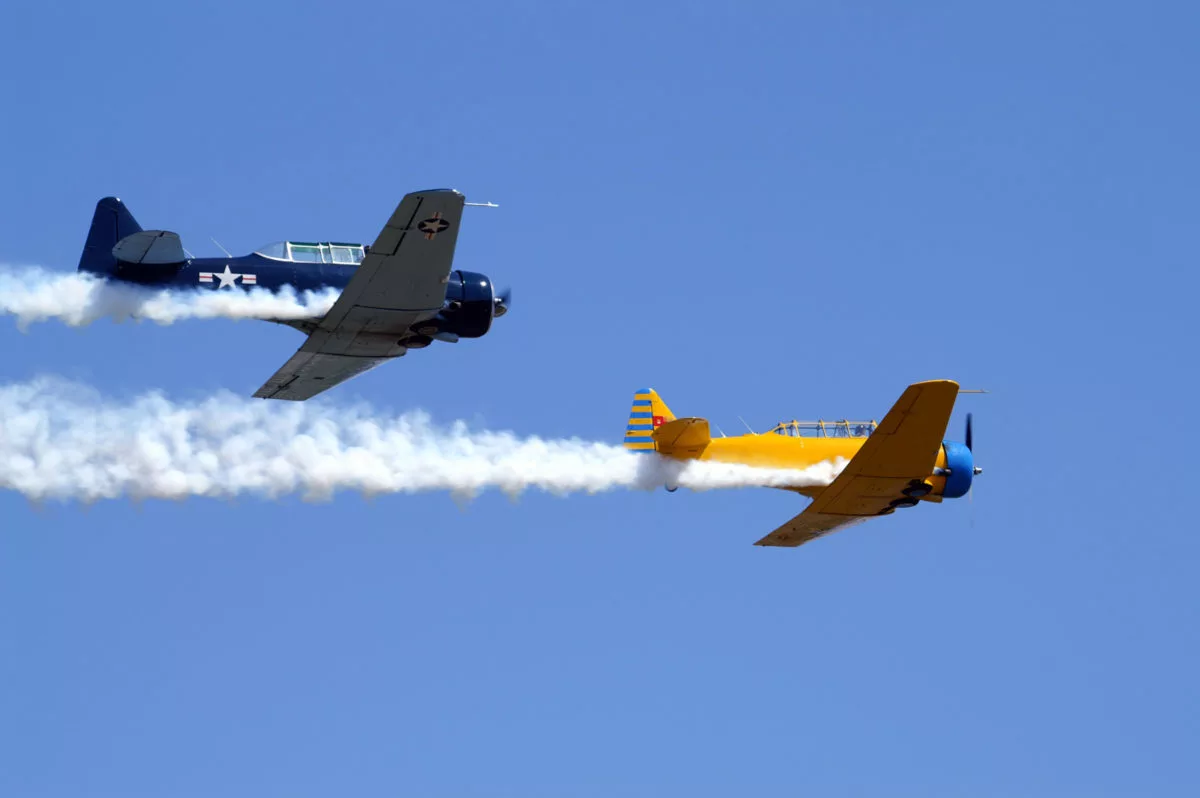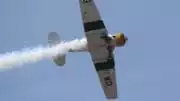How High Do Airplanes Fly?
Cruising along doing hundreds of miles per hour. That’s only commercial jet airliners, right? Well, you might be surprised. Most aircraft are capable of flying at some pretty impressive altitudes. How high do airplanes fly? Well, it depends entirely on how they are built and configured. Today we will take a look at several types of aircraft, tell you how high they typically fly, how high they could fly, and what influences both of the above.
What Dictates How High Airplanes Fly?
The term “the sky is the limit” takes on special significance when discussing aircraft. The sky is a big place, and it should come as no surprise to you that airplanes have limits as to how high they can fly.
Some things dictate how high airplanes fly. Here’s what you need to know.
– Wing Shape
Just like with birds, the wing of an airplane can affect its behavior at different altitudes. Next time you see an aircraft flying overhead, take a look at its wing. You’ll notice there are so many different shapes. Aircraft designed to fly at high altitudes generally have a big straight wing. Those designed to fly fast at a low level have short stubby wings. Those that need to be particularly maneuverable will have curved elliptical wings.
– Engine
Engines need two things to run. Fuel and air. This must be delivered in a perfect ratio. At altitude, there is less air, and this can limit how high an airplane can fly.
– Pressurization and Oxygen
All airplanes need pilots. To be a good pilot, they need to be able to breathe (and keep warm). Pressurized cockpits offer the best protection. Open or unpressurized cockpits can get pretty chilly!
– Their Role
This is often what dictates how high an airplane can fly.
Specific aircraft are custom-made for certain roles. Military bombers, such as the North American B-25, are pretty big. As a result, they need to fly as high as possible to avoid being shot down. Some smaller display aircraft, like the Pitts Special, fly at a low level; otherwise, they’d be tough to see!
Let’s take a look at a few exciting airplanes, and we’ll tell you how high they fly.
1. P-51 Mustang
How high could it fly?: 42,000ft
How high you’ll see it fly: 100ft
The P-51 Mustang was one of the USA’s finest fighters of World War II. It was designed to be highly maneuverable, attack multiple targets, and shoot down bombers. As a result, it needed to fly not much higher than ground level and be capable of high altitude operation.
How high could a P-51 Mustang fly?
Its maximum service ceiling was around 42,000ft! To put that in real terms, that’s nearly eight miles high!
2. PT-17 Stearman
How high could it fly?: 13,000ft
How high you’ll see it fly: 100ft
The Boeing Stearman was a single-engine biplane used as a military trainer during World War II. The cockpit is open and unheated. Furthermore, it didn’t have any supplemental oxygen. While, in theory, the airplane could fly pretty high, the occupants wouldn’t survive the harsh conditions. Therefore its maximum altitude was around 13,000 ft.
3. AT-6 Wolverine
How high could it fly?: 31,000ft
How high you’ll see it fly: 200ft
The AT-6 Wolverine is a light, single-engine ground-attack aircraft. As a result, you could reasonably expect to see it flying pretty low. With a maximum speed of 360 mph at sea level, you can truly see how great this aircraft is. The cockpit is fully pressurized with supplemental oxygen. The engine is also turbocharged, meaning it can fly as high as some commercial jets at around 31,000 feet.
4. Pitts Special
How high could it fly?: 20,000ft
How high you’ll see it fly: All over the sky!
The Pitts Special is a tiny and highly maneuverable stunt plane. Because of its small size, it needs to fly pretty low to the ground to be seen! If the pilot wanted to, it could fly pretty high. The engine is so powerful that it could quite comfortably reach around 20,000ft!
If you have never seen a Pitts “doing it’s thing” before, you are in for a real treat. Check out this video to see what it is capable of!
5. North American B-25
How high could it fly?: 20,000ft
How high you’ll see it fly: 300ft
The North American B-25 was one of the greatest combat aircraft of the Second World War. Designed as a medium-level bomber, it would happily cruise along as part of huge formations at 20,000 feet.
But 20,000 feet isn’t much fun at an air show. And for that reason, although it can fly at very high altitudes, you’ll normally see it screaming along the flight line with its wings banked while doing 200 miles per hour. Trust us, it is really loud.
6. C53 Sky Trooper
How high could it fly?: 26,000ft
How high you’ll see it fly: 300ft
As the name would suggest, the C53 was designed as a logistical airplane used for carrying paratroops into the various theaters of the Second World War. It was capable of flying at an altitude of 26,000 feet. But it was unheated and unpressurized, so the crews would have to be wrapped head to toe in thick insulation!
Nowadays, they won’t need it, as you can see one as part of the display in the warmer temperatures of the Wings over Camarillo air show.
7. Ryan P22
How high could it fly?: 15,000ft
How high you’ll see it fly: 100ft
One glimpse of the Ryan P22, and you can tell that it probably isn’t designed for super high altitudes. That cockpit looks really windy! Surprisingly, it could fly up to 15,000 feet. This basic trainer was used for new candidates for the US air force and was great practice, as it can fly at 200 miles per hour. Hopefully, the pilots didn’t mess their hair up too much!
Final Thought
So, how high do airplanes fly? While most aircraft can fly at various altitudes, it is most exciting when they are flying as close to the ground as possible. At the Wings over Camarillo air show, you’ll be able to see plenty. The aircraft fly at low altitude, past the flight line (where you’ll be sitting) at speed. Blink, and you’ll miss them! Even if you do, there is even the opportunity to see them on the ground too! Why not check when our next event is, and you can see for yourself not only how high airplanes fly, but how low airplanes can go!
Ready to Soar with Us?


